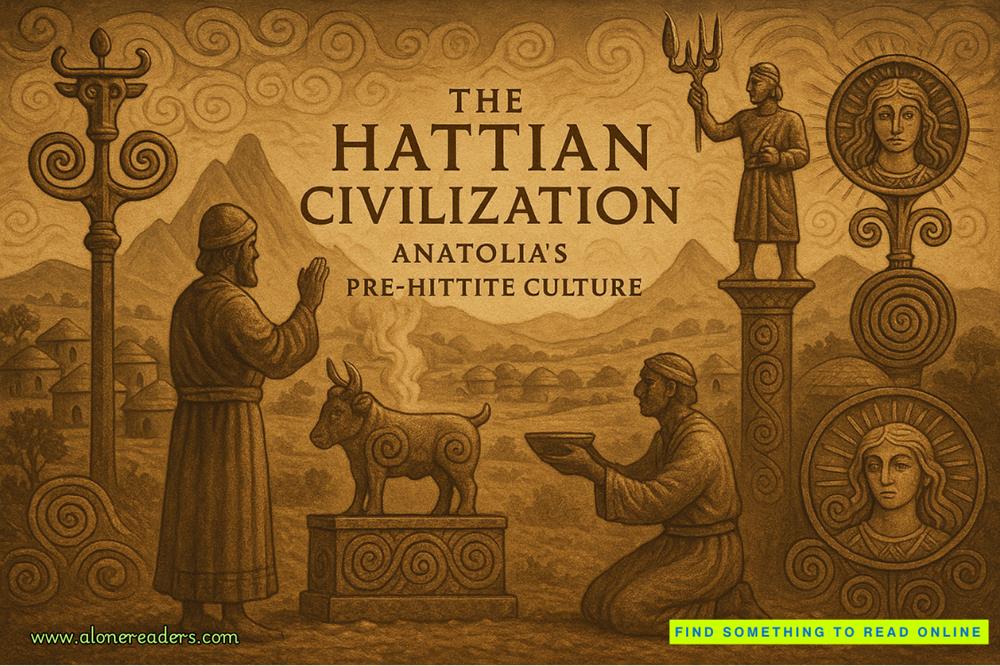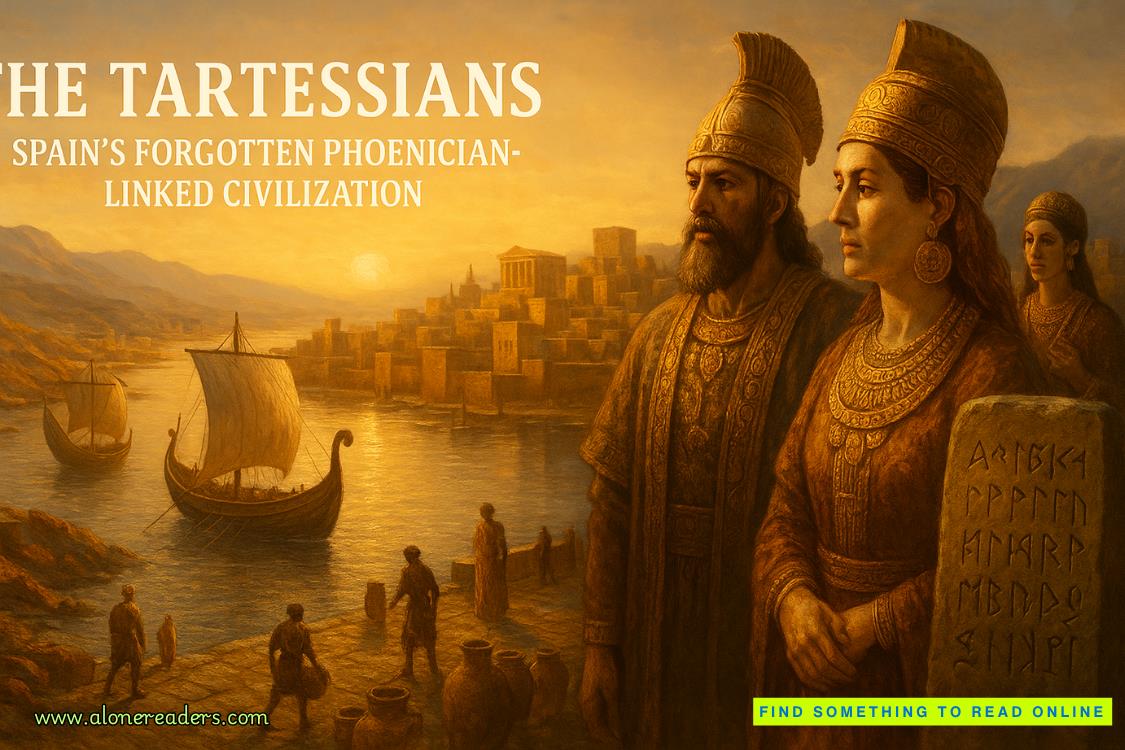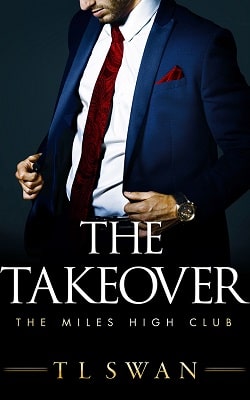Either side of the Queen Mary, also on darkened bridges, the radar men of the two cruisers pored over their screens with the same task. Their duty was to ensure nothing remotely threatening got near the huge monster thundering along between them. Even for a harmless and checked-out freighter the closeness limit was three kilometres. On the second night there was nothing nearer than ten.
The picture created by the E2C Hawkeye was inevitably bigger because of its altitude. The image was like an immense circular torch beam moving across the Atlantic from west to east. But the great majority of what it saw was miles away and nowhere near the convoy. What it could do was create a ten-mile-wide corridor thrusting forward of the moving ships, and tell the cruisers what lay ahead of them. Being realistic, it put a limit on this projection as well. The limit was twenty-four miles or one hour’s cruising.
Just before eleven on the third night the Hawkeye posted a low-level warning.
‘There is a small freighter twenty-five miles ahead, two miles south of intended track. It seems to be motionless in the water.’
The Countess of Richmond was not quite motionless. Her engines were idling so that her propellers turned slowly in the water. But there was a four-knot current which gave her just enough way to keep her nose into the flow, and that meant towards the west.
The inflatable speedboat was in the water, tethered to her port side with a rope-and-plank ladder running down from the rail to the sea. Four men were already in it, bobbing on the current beside the hull of the freighter.
The other four were on the bridge. Ibrahim held the wheel, staring at the horizon, seeking the first glimmer of the approaching lights.
The Indonesian radio expert was adjusting the transmitting microphone for strength and clarity. Beside him stood the teenager of Pakistani parents born and raised in a suburb of the Yorkshire city of Leeds. The fourth was the Afghan. When the radio man was satisfied he nodded at the boy who nodded back and took a stool beside the ship’s console, waiting for the call.
It came from the cruiser plunging through the sea six cables to the starboard of the Queen Mary. David Gundlach heard it loud and clear, as did all on the night watch. The channel used was 16, a wavelength monitored by all ships. The voice had the drawl of the Deep South.
‘Countess of Richmond, Countess of Richmond, this is US Navy cruiser Monterey. Do you read me?’
The voice that came back was slightly distorted by less than state-of-the-art radio equipment aboard the old freighter. And the voice had the flat vowels of Lancashire or maybe Yorkshire.
‘Oh, aye, Monterey, Countess ’ere.’
‘You appear to be hove to. State your situation.’
‘Countess o’ Richmond. ’Aving a bit of overheating . . .’ Click, click. ‘. . . prop shaft . . .’ Static. ‘. . . repairing as fast as we can . . .’
There was a brief silence from the bridge of the cruiser. Then . . .
‘Say again, Countess of Richmond, I repeat, say again.’
The reply came back and the accent was thicker than ever. On the bridge of the Queen Mary the First Officer had the blip entering his radar screen slightly south of dead ahead and fifty minutes cruising away. Another display gave all the details of the Countess of Richmond, including confirmation that her transponder was genuine and the signal from it accurate. He cut into the radio exchange.
‘Monterey, this is Queen Mary Two. Let me try.’
David Gundlach was born and raised in the Wirral county of Cheshire, not fifty miles from Liverpool. The voice from the Countess he put at either Yorkshire or Lancashire, next door to his native Cheshire.
‘Countess of Richmond, this is Queen Mary Two. I read you have an overheat of main bearing in the prop shaft and you are carrying out repairs at sea. Confirm.’
‘Aye, that’s reet. ’Ope to be finished in another hour,’ said the voice on the speaker.
‘Countess, give your details please. Port of registry, port of departure, destination, cargo.’
‘Queen Moory. Registered in Liverpool, eight thousand tonnes, general cargo freighter, coming from Java with brocades and oriental timber, heading for Baltimore.’
Gundlach ran his eye down the screened information provided by the head office of McKendrick Shipping in Liverpool, brokers Siebart and Abercrombie in London and insurers Lloyd’s. All accurate.
‘Who am I speaking to, please?’ he asked.
‘This is Captain McKendrick. ’Oo are you?’
‘First Officer David Gundlach speaking.’
The Monterey, following the exchange with difficulty, came back.
‘Monterey, Queen. Do you want to alter course?’
Gundlach consulted the displays. The bridge computer was guiding the Queen Mary 2 along the pre-planned track and would adjust for any change in the sea, wind, current or waves. To divert would mean going to manual or resetting the programme and then returning to their original course. He would pass the hove-to freighter in forty-one minutes and it would be two miles or three kilometres to his starboard.















